Tested and Reviewed: The Best Titleist Drivers in 2025
Last updated:

We’ve tested all the latest models for this season, and previous years, to find you the Best Titleist Drivers of 2025
When it comes to the best Titleist drivers, as well as the best drivers overall, available to golfers in the market, there are few brands with more comprehensive collections of metalwoods to choose from than the Titleist family. With a range that goes from the ridiculously stable GT1 model to the incredibly powerful GT4, there’s not many that now compete with the Acushnet-owned company.
Beyond the wide array of heads, including the best-ranked driver of the year, the GT3, Titleist further backs up their product by offering a massive selection of free and upcharge shafts, as well as a choice of grips that covers nearly every base of playing style. This covers industry leaders like Golf Pride, Fujikura, Graphite Design, Lamkin, and Mitsubishi Chemical.
Finally, Titleist follow up on all these points with a continued success across every major tour, leading the driver count on the PGA, DP World, and LPGA Tours, and winning multiple iconic tournaments, including a grand slam in the Majors over the last decade for their clubs, including Justin Thomas, Jordan Spieth, Brian Harman, and Wyndham Clark.
You can check out our reports on testing below, and just below you’ll get all the details on the best Titleist drivers in 2025:
Best Titleist Drivers: 2025 GT Family
The best driver of 2025
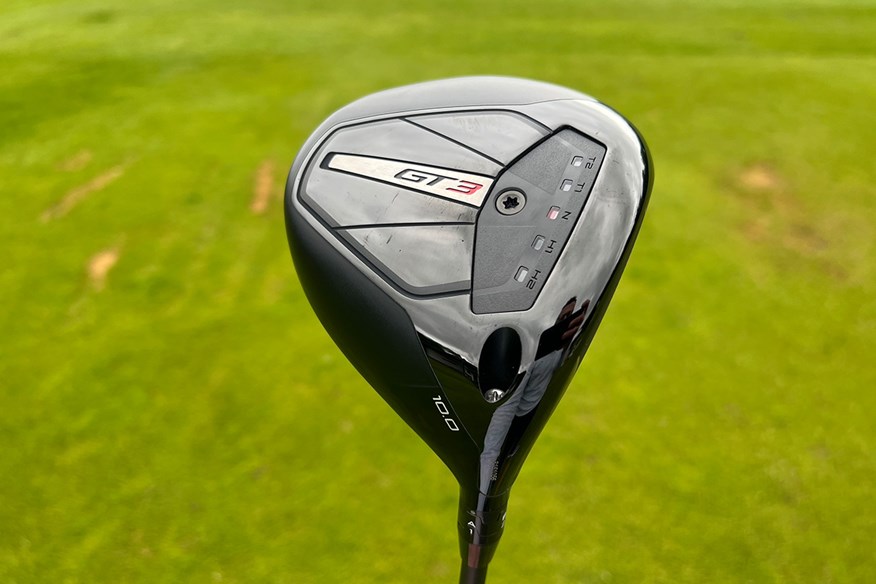

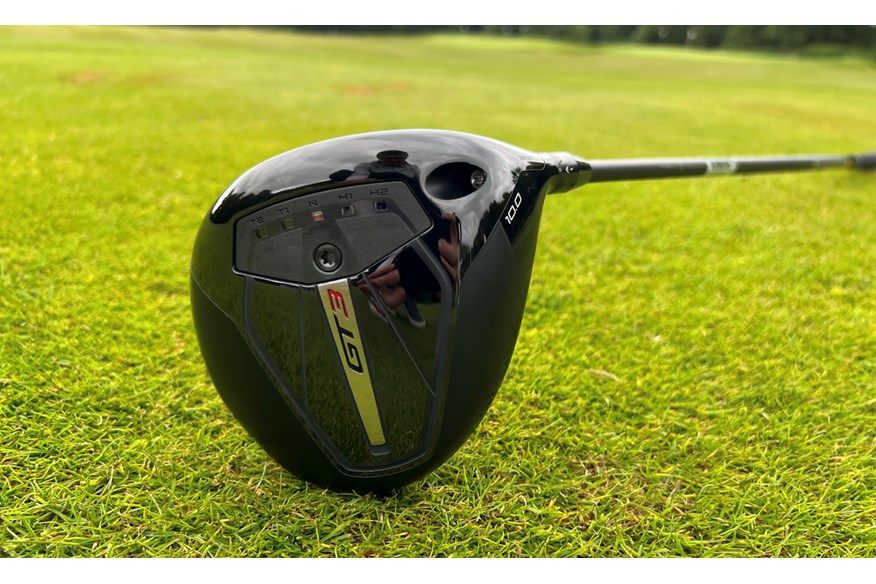
The Titleist GT3 is, to rapturous applause, our best driver of 2025. Having beaten out competition from the likes of TaylorMade, Callaway, and Ping, the GT3 offers incredibly consistent - and consistently high - ball speed, providing the golfer with easy-to-attain power.
This, combined with the lower-spin and good launch numbers that the model sits at, provides ideal conditions for maximising distance in your golf game, all without sacrificing much in forgiveness. The new Speedring VFT and PMP carbon crown materials offer better weight positioning and reduced loss on off-center strikes, making for an impressive driver by any standard.
What we're really impressed by, though, is that we feel this driver is actually much more playable than it might seem, certainly compared to previous editions of the 'player-oriented' drivers that titleist have created.
You can read our full review of the Titleist GT3 Driver here
| Lofts | 8.0º / 9.0º / 10.0º / 11.0º |
| Head Size | 460cc |
| Lie | 58.5º |
| Standard Length | 45.5" |
| Stock Shafts | Project X Denali Red / Mitsubishi Tensei 1K Blue / Project X HZRDUS Black 5th Gen / Mitsubishi Tensei 1K Black |
| Premium Upgrade Shafts | Graphite Design Tour AD-VF / Tour AD-DI / Tour AD-UB |
| Stock Grip | Titleist Universal 360 Grip |
The versatile option in the GT line-up
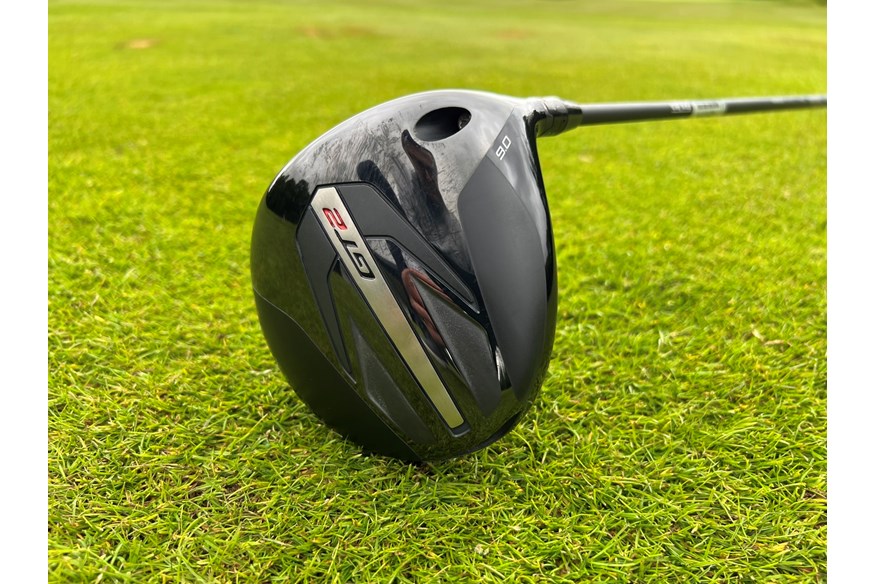


All the GT models have been brought closer together for this generation, so you can base your decision from performance instead of preferred looks now. Sitting the GT2 down next to the GT3, you really are hard-pressed to find a visual difference; a deliberate design change from Titleist.
Featuring the same PMP carbon crown material and Speedring VFT design as the rest of the family, the only difference you'll find is a slightly higher emphasis on forgiveness and off-center performance than the GT3 and GT4 heads.
Our hands-on testing with the GT2 has proven it to be one of the straightest drivers on the market, and one that, had it not been for the lower spin conditions of the GT3, would be in the bag of our reviewer.
You can read our full review of the Titleist GT2 Driver here
| Lofts | 8.0º / 9.0º / 10.0º / 11.0º |
| Head size | 460cc |
| Lie | 58.5º |
| Standard Length | 45.5" |
| Stock Shafts | Project X Denali Red / Mitsubishi Tensei 1K Blue / Project X HZRDUS Black 5th Gen / Mitsubishi Tensei 1K Black |
| Premium Upcharge Shafts | Graphite Design Tour AD-VF / Tour AD-DI / Tour AD-UB |
| Stock Grip | Titleist Universal 360 Grip |
The most forgiving head Titleist have ever made
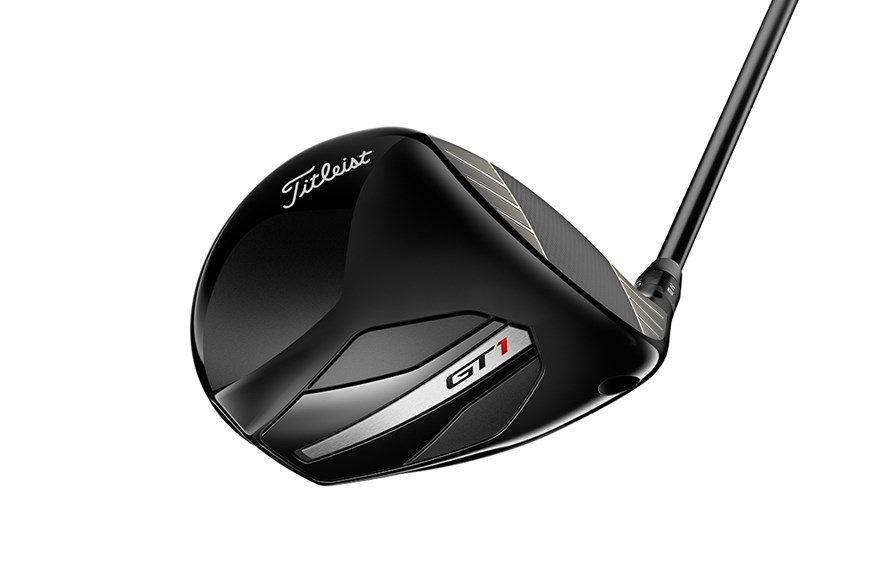

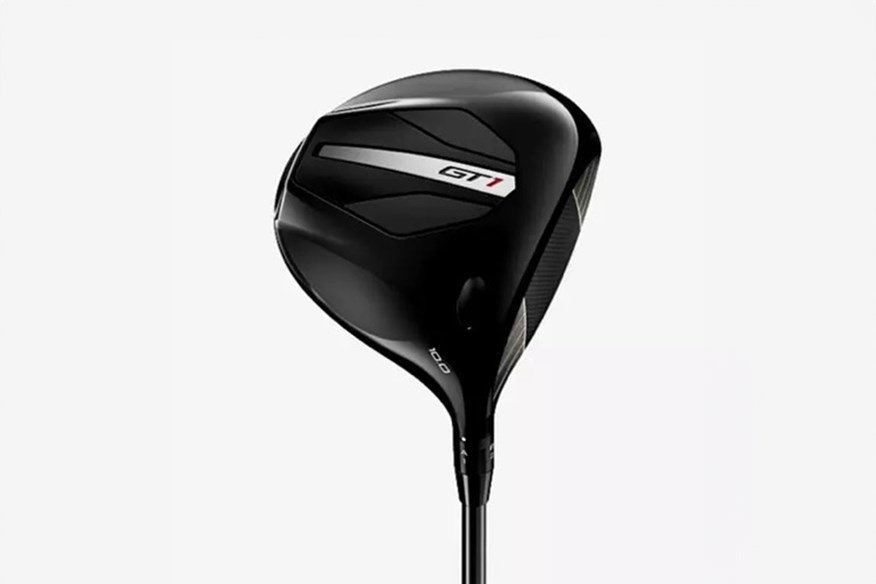
Titleist say that, beyond a certain point, forgiveness gains on off-center hits start to drop off in the actual benefits that you see. As a result, the GT1 is a very forgiving model, with an MOI in the 9K range, but one that focuses more on raising the ball flight of the golfer that's playing it.
Titleist have lowered the CG instead, the lowest they've ever had, in fact, to ensure that the GT1 is incredibly easy to launch for golfers across the board while also retaining low-spin, so you won't just see this model balloon. With weight forward and back adjustability included, it's a far more versatile product than you'd think!
You can read our full guide to the Titleist GT1 range here
| Lofts | 9.0º / 10.0º / 12.º0 |
| Head Size | 460cc |
| Lie | 59º |
| Standard Length | 45.5º |
| Stock Shafts | Fujikura Air Speeder Next Gen 40g / Fujikura Air Speeder Next Gen 35g / Project X Denali Red 50g / Mitsubishi Tensei 1K Blue 55g |
| Premium Upcharge Shafts | Graphite Design Tour AD-VF / Tour AD-DI / Tour AD-UB |
| Stock Grip | Golf Pride TV 360 Lite Gray Flat Cap |
Built for maximum power
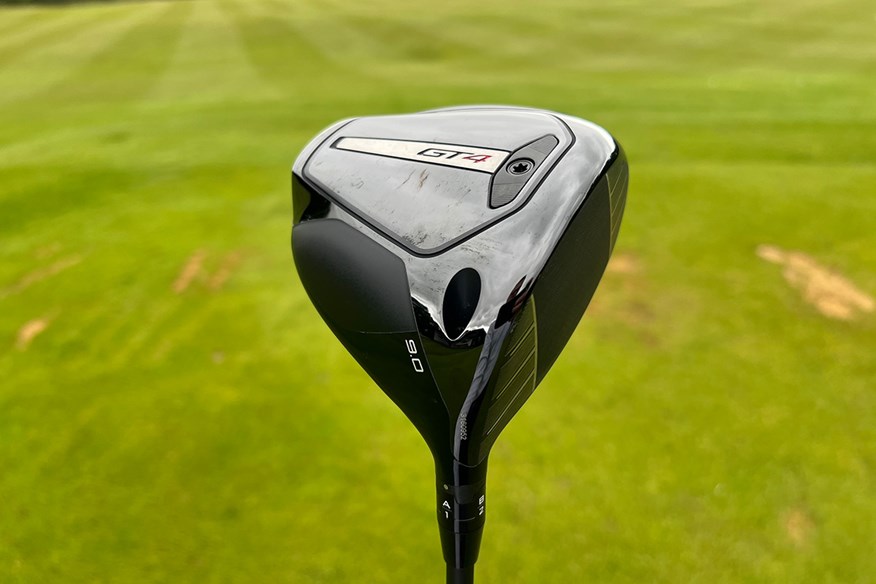


The other side of this setup, however, is that there's very little in the way of forgiveness. Less surface area for you to make contact with, alongside the front-aligned weight, means that speed comes at a price, but if you're that desperate for those extra yards or lower spin, you'll likely be okay with that sacrifice.
Titleist have thought ahead with the GT4 driver, though, and installed a dual-weighting system, as with the GT1 model. While you aren't going to be able to convert your GT4 into a GT1 or GT2, Titleist do say the rear-weight configuration of GT4 should become something of a GT3+, so there is a way to get some level of help for your mishits, just temper your expectations.
You can read our full review of the Titleist GT4 Driver here
| Lofts | 8.0º / 9.0º / 10.0º |
| Head Size | 430cc |
| Lie | 58.5º |
| Standard Length | 45.5" |
| Stock Shafts | Project X Denali Red / Mitsubishi Tensei 1K Blue / Project X HZRDUS Black 5th Gen / Mitsubishi Tensei 1K Black |
| Premium Upcharge Shafts | Graphite Design Tour AD-VF / Tour AD-DI / Tour AD-UB |
| Stock Grip | Titleist Universal 360 Grip |
Best Titleist Drivers: Previous Models
The smaller-scale alternative
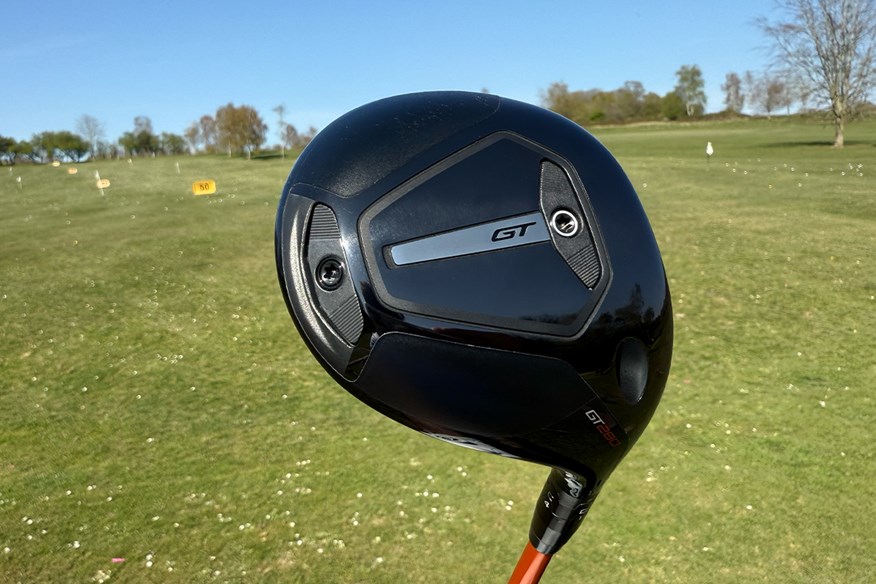


The obvious separation with the Mini is that you can use the driver for both tee shots as well as from the fairway, at least with more ease than you can with a full-size driver. At 280cc, it's also one of the smallest mini-drivers, so those off-the-deck shots are easier with the Titleist option than with other brands.
When it comes to similarities, though, the GT280 has far more in common with the GT drivers than the fairway woods. Incorporating the PMP crown technology, movable weight akin to the GT1 and GT4 drivers, and making use of the L-Cup Face design, this is a perfect driver option for those who feel more comfortable with fairway woods than the big stick, while not losing out on much distance vs the modern driver.
You can read our full review of the Titleist GT280 Mini Driver here
| Lofts | 13.5º |
| Head Size | 280cc |
| Lie | 56º |
| Standard Length | 43.5" |
| Stock Shaft | Mitsubishi Tensei 1K Blue 65g / 75g |
| Premium Upcharge Shaft | Graphite Design Tour AD-VF / Tour AD-DI / Tour AD-UB |
| Stock Grip | Titleist Universal Grip |
The driver that completed the legacy
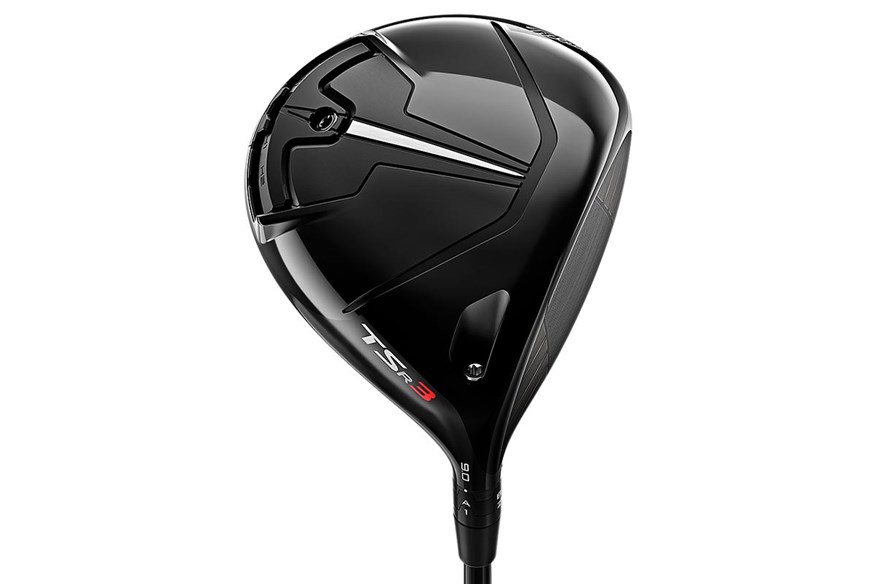


TSR's core feature is the SpeedRing design, which would become Speedring VFT when it combines with the Variable Face Technology in the GT models. Speedring on its own, however, was built to maximize center-face ball speed in the TSR3, as the assumption is you'll be more likely to hit the middle of the head if you were choosing this model over the TSR2.
Along with the thinnest titanium crown that Titleist have ever been able to produce, the SpeedRing helped the TSR3 to become the most played driver model on tour at one point, producing seriously fast ball speed along with killer looks and surprising forgiveness for this type of driver.
You can read our full review of the Titleist TSR Drivers here
| Lofts | 8.0º / 9.0º / 10.0º |
| Head Size | 460cc |
| Lie | 58.5º |
| Standard Length | 45.5" |
| Stock Shafts | Mitsubishi Tensei AV X-Link Blue 55g / Mitsubishi Tensei 1K Black 65g / Project X HZRDUS Black Gen5 60g |
| Premium Upcharge Shafts | Graphite Design Tour AD-UB / AD-DI |
| Stock Grip | Golf Pride Tour Velvet 360 |
The original innovator
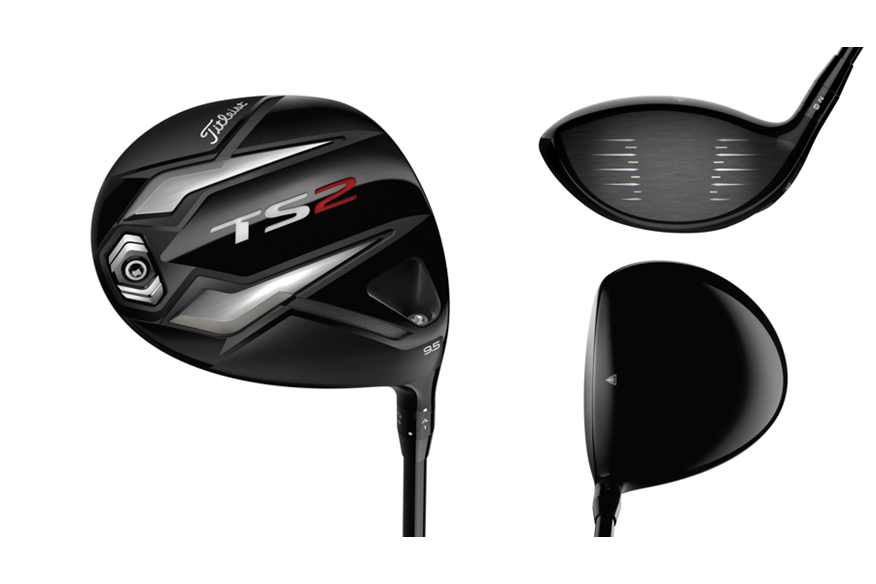

The TS models changed that mindset. The 'TS' label stood for Project Titleist Speed, an internal direction switch in the Titleist engineer's processes. The goal was clear: create a driver family that could perform from the very first shot the golfer took, not just once it had been dialled in.
To that challenge, the design team stepped up, producing incredibly thin face and crown metals while using the saved weight to lower CG, providing the Titleist player with immediate ball speed, lower spin, and consistent launch conditions.
It may seem old hat compared to the GT family that has now surpassed it, three generations later, but the original design still holds its own when compared to modern releases. It says something that Patrick Cantlay was still playing this model more than four years after its launch.
You can read our full review of the Titleist TS Drivers here
| Lofts | 8.5º / 9.5º / 10.5º / 11.5º |
| Head Size | 460cc |
| Lie | 58.5º |
| Standard Length | 45.5" |
| Stock Shafts | Mitsubishi Tensei AV Blue SFW 55g / Project X HZRDUS Smoke Black 60g / Project X HZRDUS Smoke Yellow 60g / Project X EvenFlow T1100 White 65g |
| Stock Grip | Golf Pride Tour Velvet 360 |

Best Titleist Drivers: FAQs
Do Titleist make good drivers?
Titleist make great drivers, among other golf clubs, that can work for every standard of golfer. The GT1 and GT2 drivers offer high forgiveness and assistance in launching the ball. At the other end of the spectrum, the GT3 and GT4 drivers provide some of the best ball speeds on the market while still providing more help than the TSR range they replaced – something many thought wouldn’t be possible, when considering the quality of those models.
Which tour pros use Titleist drivers?
As we’ve mentioned, there are plenty of tour pros that make use of Titleist drivers, with the likes of Titleist staffers Justin Thomas and Jordan Spieth playing the product. What’s most impressive, though, is how many non-staff professionals (by which we mean, pros who aren’t paid to use the product) have got a Titleist driver in the bag. We’ve seen golfers like Adam Scott, Dustin Johnson, and five-time Major champion Brooks Koepka add a model into their bag.
Which Titleist driver is best for a Mid-Handicap Golfer?
The Titleist driver that works best for the majority of golfers is the Titleist GT2. It offers the best blend of power, forgiveness, and easy-to-launch setup. It’s also one of the most popular drivers on the tour, being trusted by pros like Adam Scott for its all-around performance.
What is the easiest Titleist driver to hit?
The easiest Titleist driver to hit is the Titleist GT1 model. The GT1 is designed to help golfers get the ball into the air faster than any other head in the lineup. GT1 does this with more rearward weighting and the lowest Center of Gravity of any Titleist driver. The movable weights, which can bring the weight further forwards or keep it at the back of the head, also mean you can set the driver up for some additional ball speed or retain the forgiveness, according to your needs.
